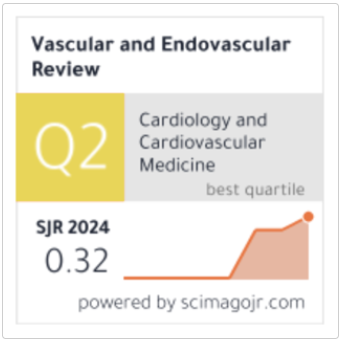Prevalence, Predictors, and Outcomes of Electrolyte Imbalances and Metabolic Acidosis in Internal Medicine Patients with Acute Kidney Injury
Keywords:
Acute kidney injury, electrolyte imbalance, hyperkalemia, hyponatremia, metabolic acidosis, clinical outcomesAbstract
Background: Acute kidney injury (AKI) is a common complication in internal medicine patients and is frequently accompanied by electrolyte imbalances and metabolic acidosis. These disturbances can lead to serious complications, prolong hospitalization, and increase mortality.
Objective: To determine the prevalence, predictors, and clinical outcomes of electrolyte imbalances (hyperkalemia, hypokalemia, hyponatremia, hypernatremia) and metabolic acidosis in internal medicine patients with AKI.
Methods: A prospective observational study was conducted at Institute of Kidney disease Peshawar from march 2023 to June 2024. It included 185 adult patients diagnosed with AKI. Demographic, clinical, and laboratory data were collected, including serum electrolytes, arterial blood gases, comorbidities, and medication use. Patients were monitored for clinical outcomes such as ICU admission, need for dialysis, in-hospital mortality, and length of hospital stay.
Results: Electrolyte imbalances were common: hyperkalemia in 48 patients (26%), hypokalemia in 32 (17%), hyponatremia in 54 (29%), and hypernatremia in 21 (11%). Metabolic acidosis occurred in 76 patients (41%). The prevalence of disturbances increased with AKI severity, with Stage 3 patients showing the highest rates. Comorbidities, particularly sepsis and diabetes, were associated with higher prevalence. Patients with disturbances had worse outcomes: ICU admission 32% vs. 15%, need for dialysis 29% vs. 10%, in-hospital mortality 28% vs. 12%, and longer hospital stays (12.4 ± 6.2 days vs. 9.1 ± 4.5 days). Logistic regression identified advanced AKI stages and sepsis as independent predictors of hyperkalemia and metabolic acidosis.
Conclusion: Electrolyte imbalances and metabolic acidosis are prevalent in AKI and are associated with adverse clinical outcomes. Advanced AKI and sepsis are major predictors. Early identification and management of these disturbances are critical to improving patient prognosis.








